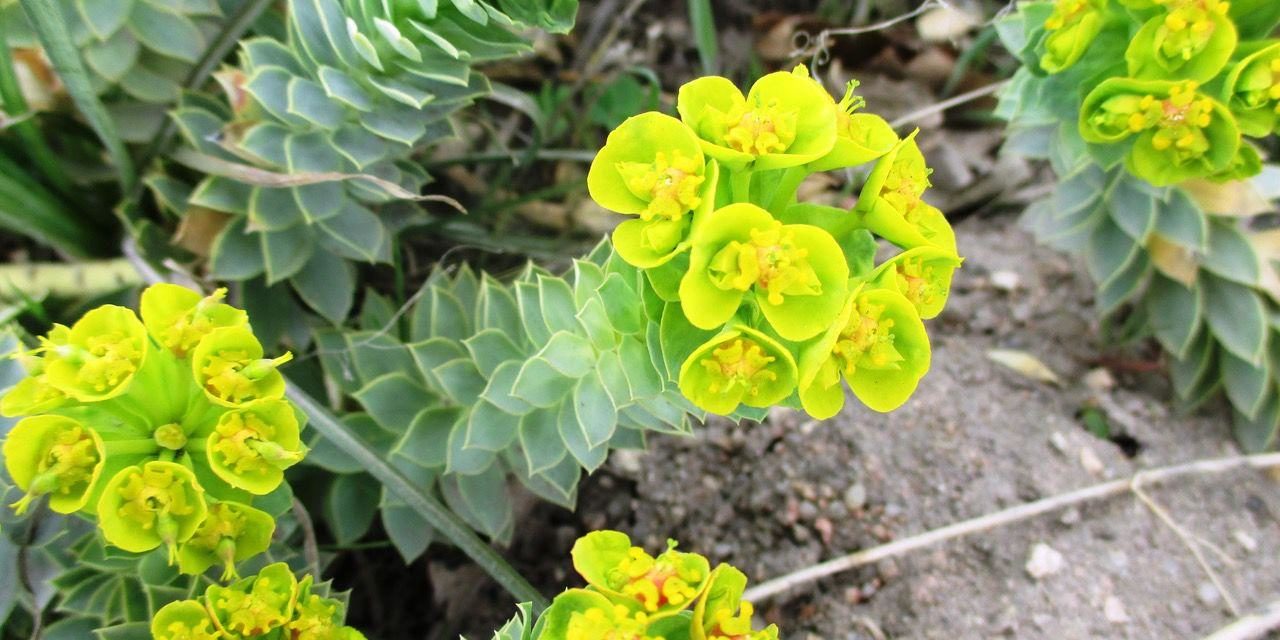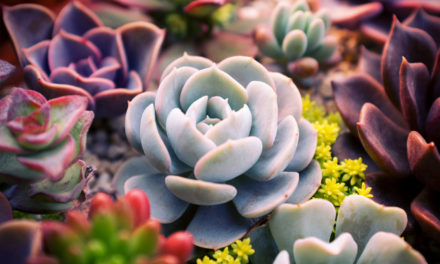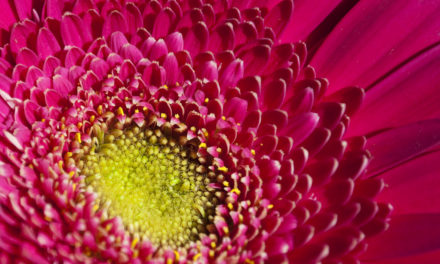Myrtle spurge (Euphorbia myrsinites,) also known as donkey-tail spurge, is one of the earliest perennials to appear each spring. It is a highly invasive, ornamental plant, popular in xeriscapes and rock gardens in residential and commercial areas in Colorado.
This low-growing perennial has trailing stems of fleshy blue-green alternate leaves. Flowers are inconspicuous, surrounded by yellow-green flower-like bracts that appear from March to August. This plant grows up to 8 inches high and can spread 18 inches.
Myrtle spurge does well in poor, rocky or sandy soils and thrives in full sun. It is hardy throughout the Pikes Peak region. It reproduces only by seed and can project seeds up to 15 feet. Seeds remain viable for up to eight years.
This plant is rapidly expanding into sensitive ecosystems, displacing native vegetation and reducing forage for wildlife. The same attributes that make it appealing to El Paso County gardeners (hardiness and tolerance of drought and poor soils) also make it a successful competitor with native species. Because it is an invasive, non-native plant, Myrtle spurge is a Colorado A List Species noxious weed, requiring eradication.
The Colorado Noxious Weed Act was passed in 1996. “Noxious weed” is an alien plant designated by the Colorado Department of Agriculture as noxious, or it’s been declared a noxious weed by a local advisory board. To be designated noxious, a plant must meet one or more of the following criteria: aggressively invades or is detrimental to economic crops or native plant communities; is poisonous to livestock; is a carrier of detrimental insects, diseases or parasites; its direct or indirect effect is detrimental to environmentally sound management of natural or agricultural ecosystems.
Plants are prioritized as List A, B or C species by the state Department of Agriculture. List A refers to rare noxious weeds that must be eradicated to protect neighboring communities and the state; list B weeds are discretely distributed and must be eradicated, contained or suppressed, depending on their location, to stop their spread; and list C weeds are widespread and well-established in Colorado, and control is recommended by the state and may be required by local government.
Control methods for Myrtle spurge include mechanical removal (digging them up), removing seed heads before they are disbursed and chemical controls. Digging up is best done early in spring. Do not compost this plant material; it should be discarded.
But beware! Myrtle spurge exudes a toxic, milky latex, which can cause severe skin irritations. So wear rubber gloves and long sleeves if you are pulling it out. Reactions to touching this substance could land you in the nearest urgent care with skin rash and itchy eyes, nose, and throat.
For more information on noxious weeds: colorado.gov/ag/weeds
When you have horticultural questions, Colorado State University Extension has research-based answers at Ask.Extension.org. Find out about classes and other events at elpaso.extension.colostate.edu/. Visit us at facebook.com/ColoradoMasterGardeners.EPC

 Photo Credit: Fredricka Bogardus
Photo Credit: Fredricka Bogardus 



Comment on: Myrtle Splurge is a Beautiful Hazard